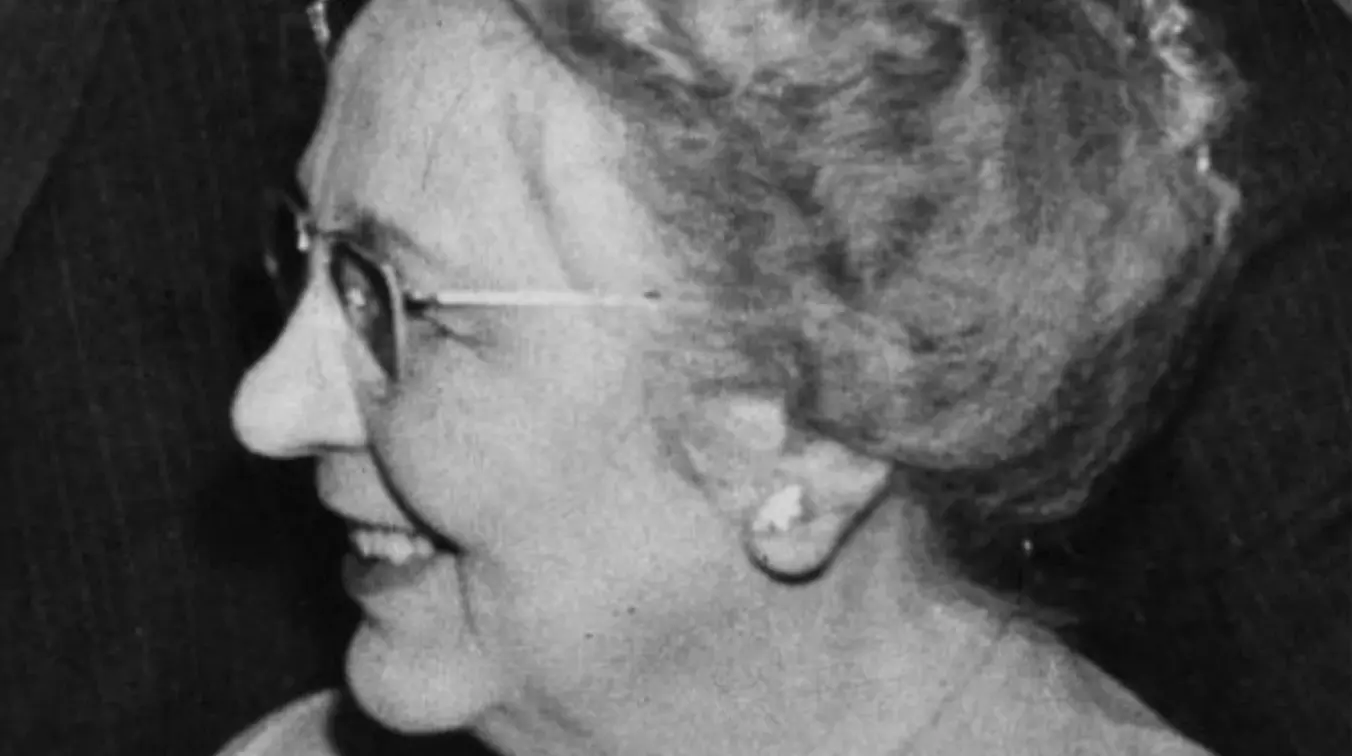What happened to Matilda Rooney?
In late 1885, local press reports detailed the mysterious combustion of Mrs. Matilda Rooney in Seneca, Illinois, on Christmas Eve.
image for illustrative purpose

In late 1885, local press reports detailed the mysterious combustion of Mrs. Matilda Rooney in Seneca, Illinois, on Christmas Eve. This case, one among several similar incidents, puzzled scientists and investigators and remains unresolved.
The Events
On Christmas night in 1885, John Larson was visiting his employers, Patrick and Matilda Rooney, at their farmhouse near Seneca, Illinois. After sharing some drinks, Larson went to bed upstairs. During the night, he experienced a coughing fit and trouble breathing but eventually fell back asleep.
Larson woke to find soot on his pillow. Upon going downstairs, he discovered Patrick dead in his bedroom with no sign of Matilda. He later found a large blackened hole in the kitchen floor containing what appeared to be the charred remains of a human foot and a pile of ash—this was all that remained of Matilda Rooney.
The Cause of Death report stated that Matilda had died of spontaneous human combustion, with her entire body reduced to ashes at an estimated temperature of 1,400 degrees Celsius (2,500 °F). No other fire damage was present in the house. Patrick had died from smoke inhalation, which explained Larson’s coughing fit; Larson had been spared as he slept behind a closed door on the second floor.
Although there was some speculation that Larson might have killed Matilda, it seemed impossible for him to have started such a large fire without damaging the rest of the house. Some suggested that Matilda Rooney's excessive alcohol consumption could have led to spontaneous combustion, while a local legend proposed divine retribution for drinking on Christmas Eve.
Could It Be Solved?
The following day, a doctor arrived from Port Huron, Michigan, to conduct an inquest, although police had arrived quickly. Dr. Floyd Clendenin later published his account of the events of Christmas 1885 in the Therapeutic Gazette in 1889.
Upon entering the house, Dr. Clendenin noticed an unpleasant smell. He found that Patrick Rooney had asphyxiated due to smoke from a fire that originated in the kitchen. In the kitchen, there was a large table with a partially burned candle and a large hole burned through the wooden floor, revealing a pile of ash and bones underneath.
Dr. Clendenin discovered a human skull, a cervical bone, some vertebrae, six inches of a right femur, and a badly burned ilium. Shockingly, he also found two badly burned but recognizable feet still in Matilda Rooney's shoes. Matilda had weighed approximately 160 pounds, but her remains had been reduced to just 12 pounds. The fire left a pungent smell and greasy soot residue on the house's walls.
Theories
There are many theories about how Matilda Rooney could have spontaneously combusted. Some suggest she may have come into contact with a heat source, causing a build-up of alcohol in her body to ignite. Others claim the wick effect occurred, where her body fat and clothing acted like a candle, preventing the fire from spreading.
Possible sources of heat include the partially burned candle or a cigarette she might have tried to light from the candle. The theory of spontaneous combustion was more widely accepted at the time.
Murder was another speculated theory. Initially, John Larson and John Rooney were suspects. Larson had been with the couple on Christmas Eve, while Rooney stood to gain financially from his parents' deaths. However, Larson was later cleared due to the presence of an outline in his bed, supporting his claim that he had slept through the night. Some speculated Larson might have sleepwalked during the event. John Rooney was also cleared, as no evidence of an accelerant was found. Farmhand John Larson died from lung damage a little over two weeks later, with his autopsy showing the same soot and greasy residue that killed Patrick Rooney.
Conclusion
According to the official investigation by the police and Dr. Clendenin, Matilda Rooney most likely died from spontaneous human combustion, and Patrick Rooney died from asphyxiation. The couple's excessive alcohol consumption the previous day was believed to be a contributing factor. However, modern studies show that an external combustion source is always required, casting doubt on the theory of spontaneous human combustion.
Other Cases
Over 200 reported cases of spontaneous human combustion (SHC) exist worldwide. In most cases, the victim is almost completely burned, with only extremities remaining intact. The surrounding area is usually unburned.
The 1986 murder of George Mott, a firefighter whose body was found charred with only a leg, a shrunken skull, and rib cage pieces remaining, is another brutal case. There's no scientific basis for spontaneous human combustion, and most alleged cases involve victims close to a flame source, such as a cigarette or candle. Elderly or intoxicated victims might be unable to extinguish the flames.
Combustion requires an ignition source, fuel, and an oxidizing agent. While the human body is mostly water, body fat could act as a fuel source, and hair or clothing might serve as a wick. This wick effect could cause the body to melt from the inside out, leaving the surroundings unharmed.
The case of Mrs. Matilda Rooney's combustion on Christmas Eve in 1885 remains unresolved. Multiple theories exist, but the true cause may never be known. Mrs. Rooney's death was a bizarre and tragic event, still not fully understood by science.

